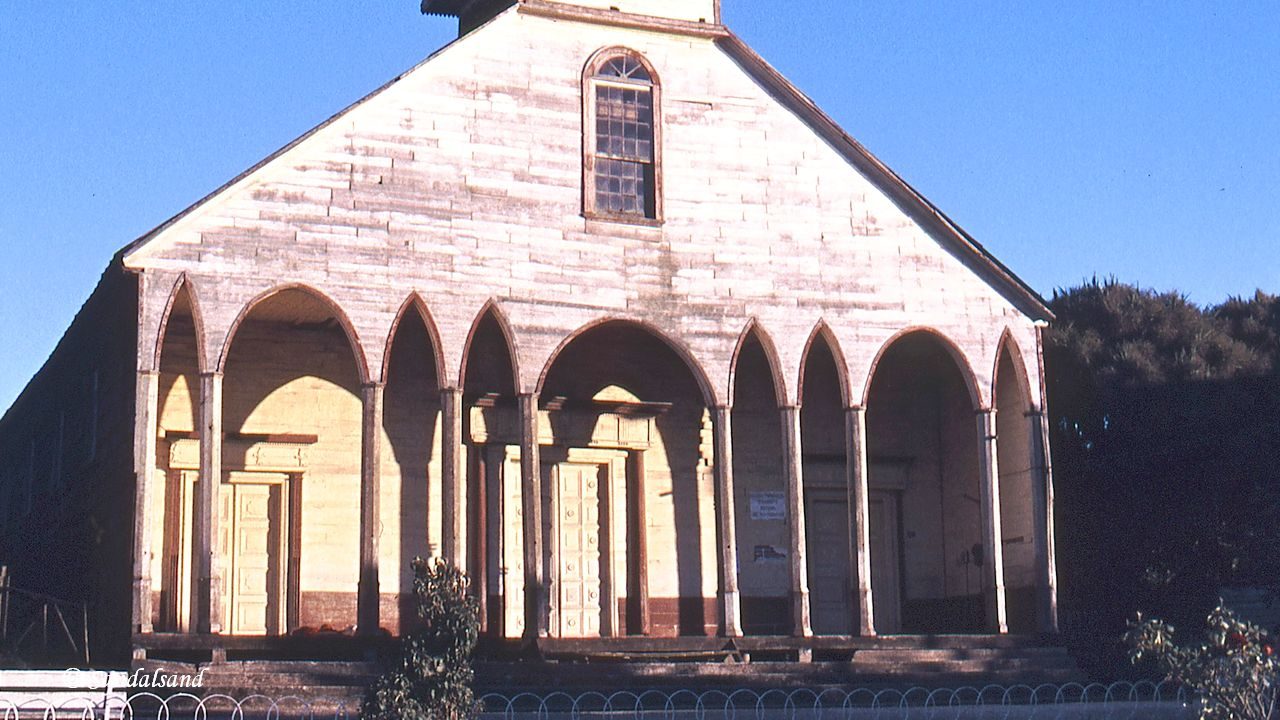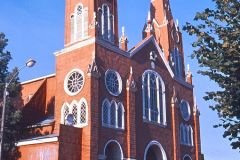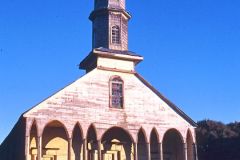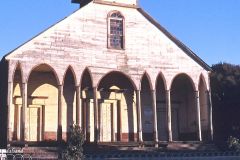The churches of Chiloé is about 16 churches preserved as Heritage Sites, on an island in the south of Chile.
The UNESCO World Heritage List includes more than a thousand properties with outstanding universal value. They are all part of the world’s cultural and natural heritage.
Official facts
- Country: Chile
- Date of Inscription: 2000
- Category: Cultural site
UNESCO’s World Heritage Centre’s short description of site no. 971:
“The Churches of Chiloé represent a unique example in Latin America of an outstanding form of ecclesiastical wooden architecture. They represent a tradition initiated by the Jesuit Peripatetic Mission in the 17th and 18th centuries, continued and enriched by the Franciscans during the 19th century and still prevailing today. These churches embody the intangible richness of the Chiloé Archipelago, and bear witness to a successful fusion of indigenous and European culture, the full integration of its architecture in the landscape and environment, as well as to the spiritual values of the communities.”
My visit
The island of Chiloé was a fine place to spend a few days I felt during my South-American journey of 1987-1988. As with so many places in this southern part of Chile the architecture resembled much of what we know from Europe, not least because of the large German immigration in the 19th and early 20th century. That goes for the churches as well. UNESCO has pointed out 16 churches on Chiloé as heritage sites and we visited two of them. The picture above is of Iglesia de Nuestra Señora de los Dolores (Church of Our Lady of Sorrows) in the town of Dalcahue.





